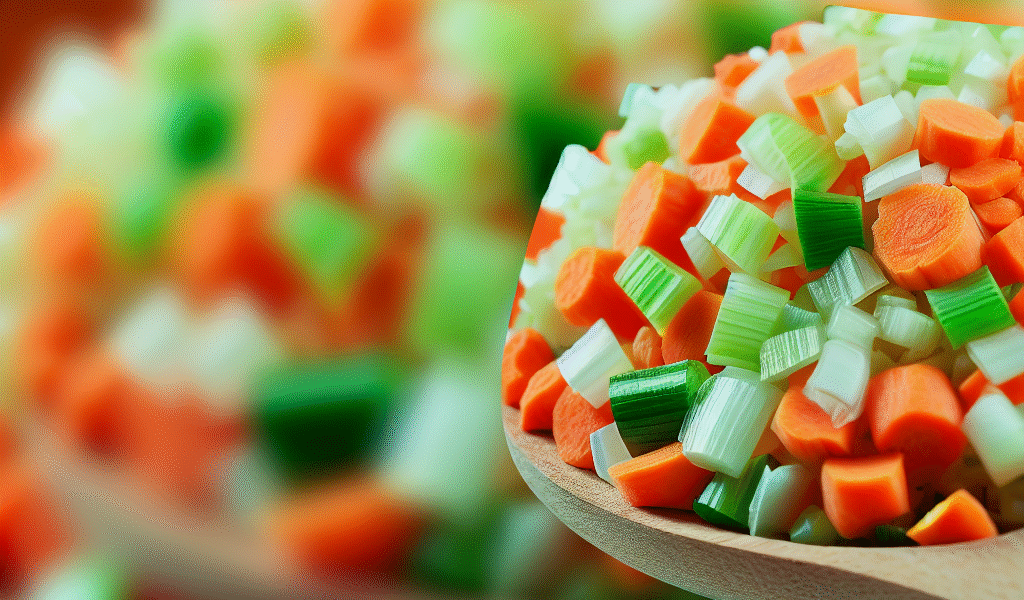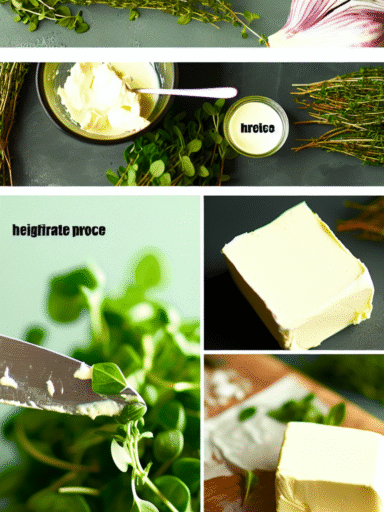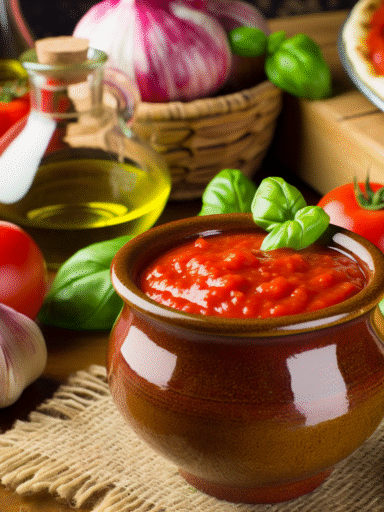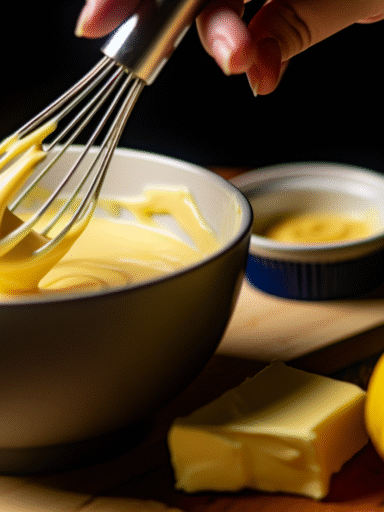Mirepoix: The Flavorful Foundation of French Cooking
If you’ve ever wondered what secret ingredient makes French dishes sing with flavor, the answer often lies in mirepoix. This humble mixture of diced vegetables is the unsung hero of countless sauces, soups, and stews. Today, we’ll dive into everything you need to know about mirepoix—how to make it perfectly, use it creatively, and appreciate its rich history.
Tags / Categories
- Flavor Profile: Savory, aromatic, mildly sweet
- Main Ingredients: Onion, carrot, celery
- Region: French
- Usage: Base for sauces, stocks, soups, stews
Quick Info Box
- Prep Time: 10 minutes
- Cook Time: 10-15 minutes (sweating vegetables)
- Total Time: 20-25 minutes
- Difficulty Level: Easy
- Yield: About 1 cup of mirepoix (enough to start several dishes)
Ingredients List
- 2 medium onions (yellow or white), finely diced
- 1 large carrot, peeled and finely diced
- 2 celery stalks, finely diced
- 1-2 tablespoons olive oil or butter (optional, for sweating)
- Pinch of salt
- Optional: 1-2 cloves garlic, minced (for extra aroma)
How to Make Mirepoix: Step-by-Step
- Prep Your Veggies: Start by rinsing and peeling your vegetables. Aim for uniform, small dice — roughly 1/4-inch pieces. Don’t stress if it’s a little chunky; rustic mirepoix works just fine!
- Heat Your Pan: Place a heavy-bottomed skillet or saucepan over medium-low heat. Add your olive oil or butter—this helps soften the veggies gently instead of browning them.
- Add the Vegetables: Toss in the onions first. After about 2–3 minutes, add carrots and celery along with a pinch of salt. The salt helps draw out moisture, sweating the vegetables without caramelizing.
- Cook Low and Slow: Stir occasionally, letting the mixture soften but not brown. This should take about 10-15 minutes. Your kitchen will smell amazing right about now!
- Optional Garlic: If adding garlic, toss it in during the last 1-2 minutes of cooking so it doesn’t burn and turn bitter.
- Ready to Use: Once the vegetables are translucent and tender but not browned, your mirepoix is ready to serve as the aromatic base.
Serving Suggestions: The Unsung Hero in Your Kitchen
Mirepoix is a culinary workhorse. Here’s how you can bring it into your cooking:
- Soups & Stews: Start nearly every soup with mirepoix to build a rich backbone for flavor.
- Stocks & Sauces: Sweat it before adding bones or liquids to coax out deep aromas.
- Roasted Meats: Spread mirepoix under or around roasts to infuse them with extra flavor during cooking.
- Vegetarian Dishes: Use it as a base for hearty vegetable ragouts or lentil stews.
Origin & History: A French Classic with a Charming Backstory
Mirepoix traces back to 18th-century France and was named after the Duke of Mirepoix, whose chef is credited with popularizing this trio of vegetables. It’s a cornerstone of French cuisine, emphasizing the power of simple, fresh ingredients combined with slow cooking to release flavors naturally. Over centuries, it traveled worldwide, becoming a fundamental flavor base in kitchens everywhere.
Variations & Substitutions: Making It Your Own
Though the classic ratio is 2:1:1 of onion, carrot, and celery, feel free to tweak it:
- Herbes Variées: Add fresh thyme, bay leaf, or parsley for an aromatic lift.
- Leeks or Shallots: For a milder onion flavor, swap onions with finely chopped leeks or shallots.
- Low-Carb Alternative: Substitute carrots with diced fennel or parsnips.
- Garlic Boost: Including minced garlic adds a punch of savory spice.
Storage & Make-Ahead Tips
If you want to save time on busy cooking days, mirepoix is super freezer-friendly:
- Refrigerate: Store in an airtight container for up to 3 days—perfect for quick flavor bases.
- Freeze: Freeze in portion-sized bags or containers for up to 3 months. Use directly from frozen to start sauces and soups.
- Reheat: Gently warm in a pan over low heat, adding a splash of water or broth if needed to soften again.
Nutritional Information (approx. per 1/4 cup of prepared mirepoix)
- Calories: 30 kcal
- Carbohydrates: 7 g
- Protein: 1 g
- Fat: 0.2 g (without added oil or butter)
- Fiber: 1.5 g
Related Sauces / Try Next
- Roux – A classic thickening paste using fat and flour.
- Béchamel Sauce – Creamy white sauce starting from a roux.
- Soffritto – The Italian cousin to mirepoix, often with garlic and herbs.
FAQ About Mirepoix
Q: Can I chop the veggies larger or blend them?
A: Absolutely! The size depends on your recipe. Larger chunks are great for slow-cooked dishes where veggies break down, while finely diced mirepoix works best for smooth sauces or stocks.
Q: Is mirepoix only for French cooking?
A: While it’s rooted in French cuisine, many cultures have their own versions, like Italian soffritto or Cajun holy trinity. The basic concept transcends borders because it works.
Q: Can I skip any ingredient?
A: Onion, carrot, and celery work best together because of their balance—sweet, savory, and aromatic. You can experiment, but skipping one might change the flavor foundation.
By now, you probably realize that mirepoix is much more than just chopped veggies—it’s a fundamental technique that breathes life into dishes. Whether you’re slow-simmering a stew or whipping up a quick sauce, mastering mirepoix will elevate your cooking and add depth without much fuss. So, chop away and let those flavors unfold!



